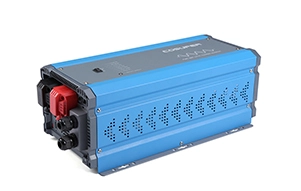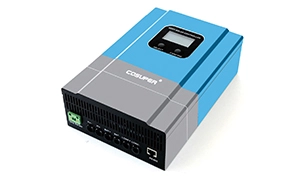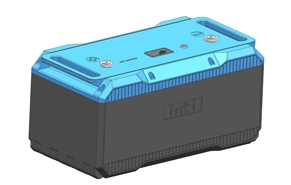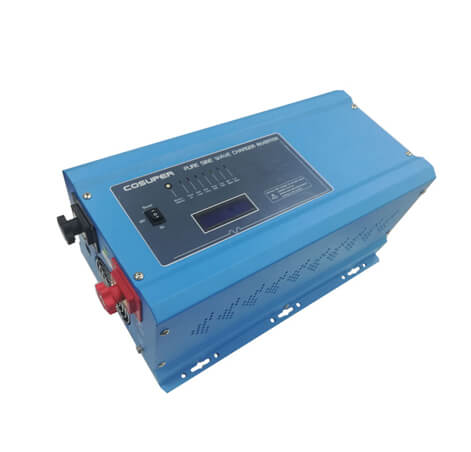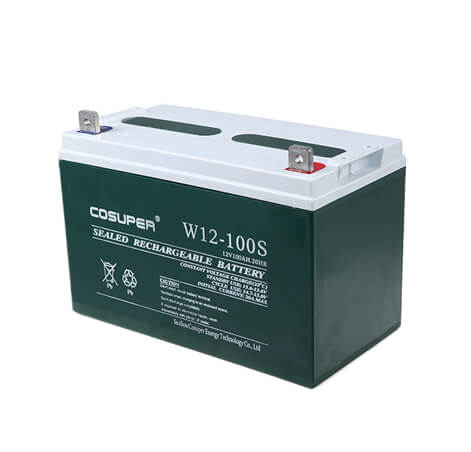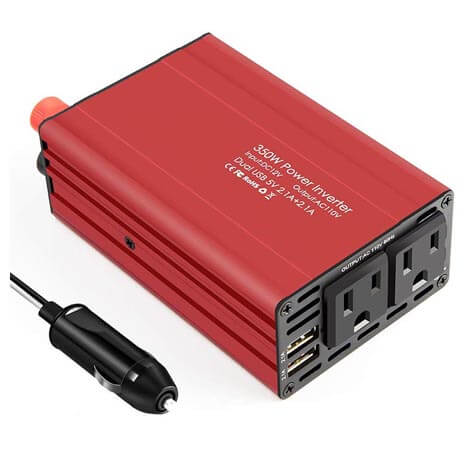What is a solar inverter?
The main function of a solar inverter is to convert the direct current (DC) from batteries into alternating current (AC).
Centralized inverters are generally used in large photovoltaic power station systems, where many parallel photovoltaic string groups are connected to the DC input end of a centralized inverter. Modules with high power generally use three-phase power modules, while those with lower power use field effect transistor modules. Simultaneously, a conversion controller is utilized to improve the quality of the energy produced, making it very close to a sine wave of current.
String inverters have become the most popular inverter in the international market. String inverters are based on modular concepts, where each photovoltaic string is connected through an inverter with maximum power peak tracking on the DC end and parallel grid connection on the AC end. Many large photovoltaic power stations use string inverters. The advantage is that they are not affected by individual module differences or shadows, while also reducing the optimal working point for photovoltaic components.
Multi-string inverters combine the advantages of a centralized inverter and a string inverter while avoiding their downsides. It applies to kilowatt-scale photovoltaic power plants. Inverter components connect each photovoltaic component with its own inverter, at the same time, each component has an individual maximum power peak tracking, so that the coordination between components and inverter is better. Generally used for photovoltaic power plants between 50W and 400W, the total efficiency is lower than that of a string inverter.
Development trends of solar inverters
The energy crisis and environmental pollution pose a serious threat to human survival. As one of the remedial measures to improve the human living environment, new energy generation is developing rapidly. Solar inverters are one of the most popular solutions that are widely applied. From the current market development, we can observe five trends in the development of solar inverters:
The appearance of solar inverters continues to diversify. In order to match the innovative building appearance, the color and style of the inverter are becoming more fashionable.
Intelligent grid management functions become a trend and are actively being developed by many businesses. However, it is not easy to add grid management functions to solar inverters, and without rich power grid-related experience, it is easy to fail.
The combination of storage devices and solar inverters has become a focus of the market. Including storage devices in photovoltaic systems can sustainably reduce costs without affecting reliability, which is a bottleneck that many system businesses hope to surpass.
The output power of solar inverters will continue to break records. Through modularization or master-slave mechanism, the single output power of solar inverters will continue to increase.
Although the development of solar micro inverters and power optimizers is slow, their market acceptance is gradually increasing.

 English
English 